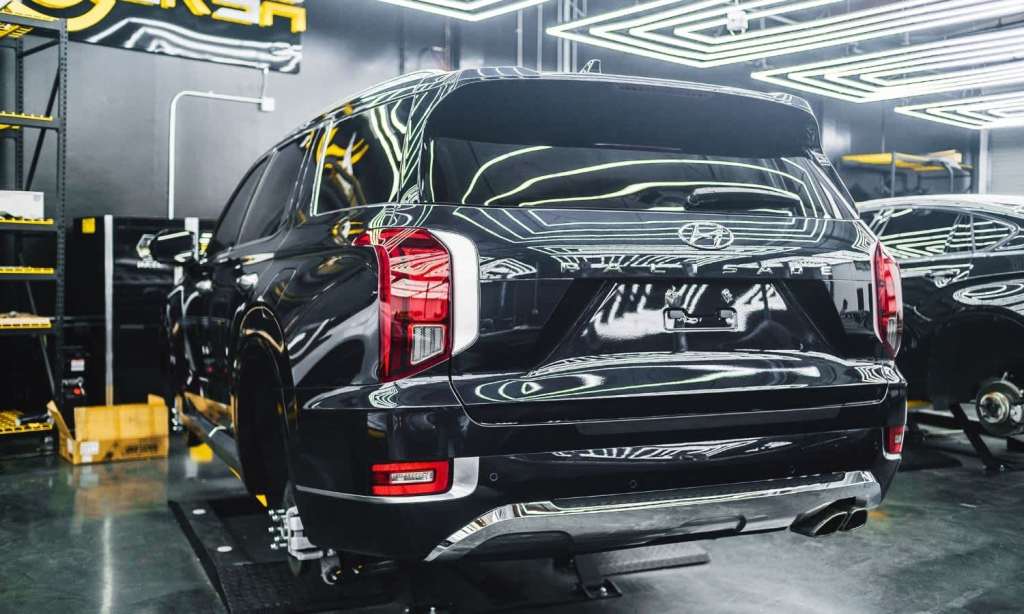What does an Apple and Hyundai-made driverless car look like, you ask? Well, we don’t know yet. But picture a sci-fi movie from the early 2000s, or a real-life version of the Batmobile… and it’s probably something like that.
What we do know is that the tech giant and South Korean motor company have serious plans to sign a deal that will see them build an autonomous electric car, according to local Korean newspaper Korea IT News.
The report claims that Hyundai Motor and Apple Inc plan to sign a partnership deal by March, start production in 2024, and will aim to have the car on US roads in 2027.
Although both Hyundai and Apple haven’t confirmed these future plans, Hyundai did roll out a statement confirming that they were in early talks with Apple, shortly after another report on their alleged plans to launch an electric car surfaced.
This statement along sent Hyundai shares up nearly 20%.
Although we can only spectate, it looks promising. The partnership would allow the two companies to focus on what they do best; with Hyundai bringing its automotive manufacturing expertise and Apple its software and battery mastery.
We know Apple has been working on advanced self-driving technology using something called lidar (light detection and ranging), a remote sensing method that uses light to build a digital image of the car’s surroundings.
Lidar stock also soared after the report that Apple and Hyundai are working on an autonomous car, with Velodyne stock rising nearly 23% on Monday and Luminar to over 27%.
For those of you that can’t even imagine what a driverless car would look like, we feel you.
In theory, it’s a vehicle that uses a combination of sensors, cameras, radars and artificial intelligence to travel between destinations without a human operator. To qualify as fully autonomous, the car must be able to navigate without any intervention, to a predetermined destination, over roads that have not been adapted for its use.
Audi, BMW, Ford, Google, General Motors, Tesla, Volkswagen and Volvo are all companies that are developing and/or testing self-driving cars.
A truly driverless vehicle is still yet to exist.







